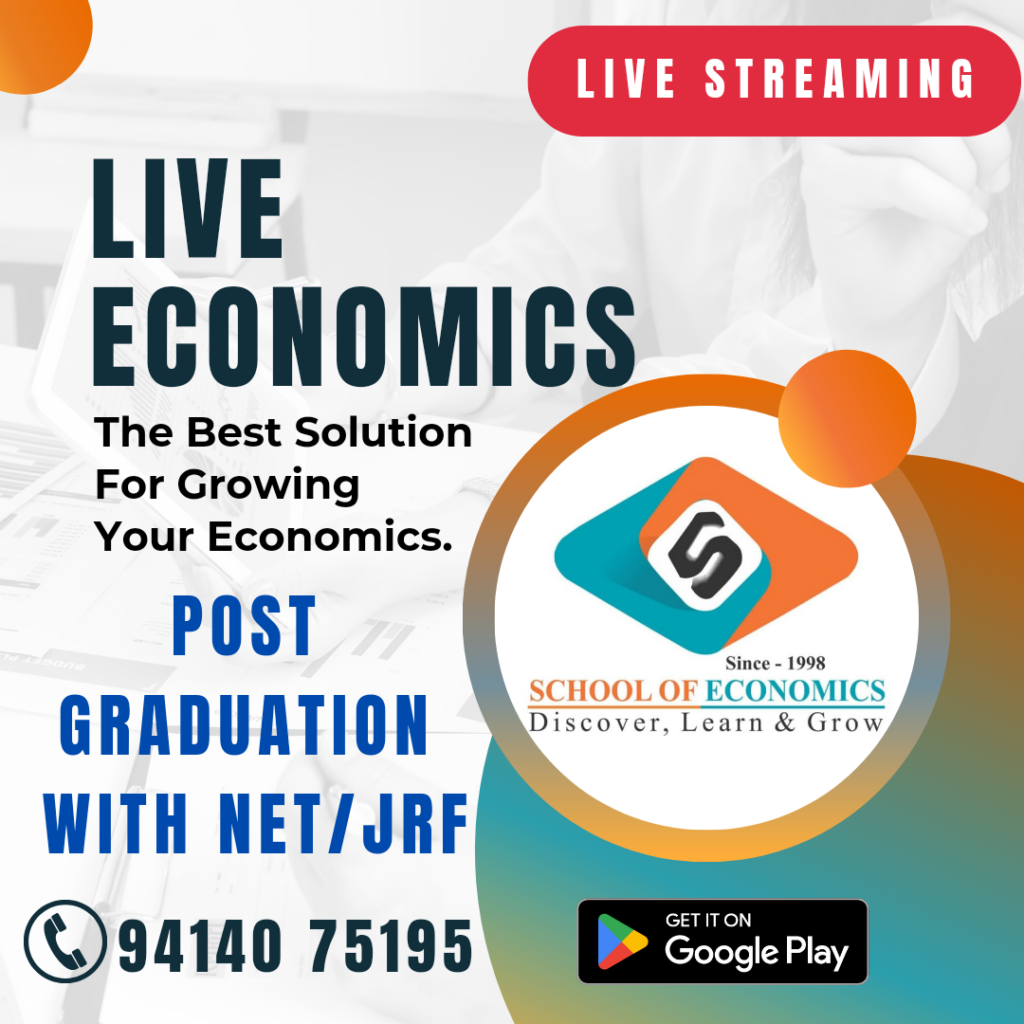Uzawa developed an endogenous growth model based on investment in human capital which was used by Lucas. Lucas assumes that investment on education leads to the production of human capital which is the crucial determinant in the growth process.

He makes a distinction between the internal effects of human capital where the individual worker undergoing training becomes more productive, and external effects which spillover and increase the productivity of capital and of other workers in the economy. It is investment in human capital rather than physical capital that have spillover effects that increase the level of technology. Thus the output for firm i take the form
Yi = A(Ki).(Hi).He
Where A is the technical coefficient, Ki and Hi are the inputs of physical and human capital used by firms to produce goods Yi. The variable H is the economy’s average level of human capital. The parameter e represents the strength of the external effects from human capital to each firm’s productivity.
In the Lucas model, each firm faces constant returns to scale, while there are increasing returns for the whole economy. Further, learning by doing or on-the-job training and spillover effects involve human capital.
Each firm benefits from the average level of human capital in the economy, rather than from the aggregate of human capital. Thus it is not the accumulated knowledge or experience of other firms but the average level of skills and knowledge in the economy that are crucial for economic growth.
In the model, technology is endogenously provided as a side effect of investment decisions by firms. Technology is treated as a public good from the point of view of its users. As a result, firms can be treated as price takers and there can be equilibrium with many firms as under perfect competition.
